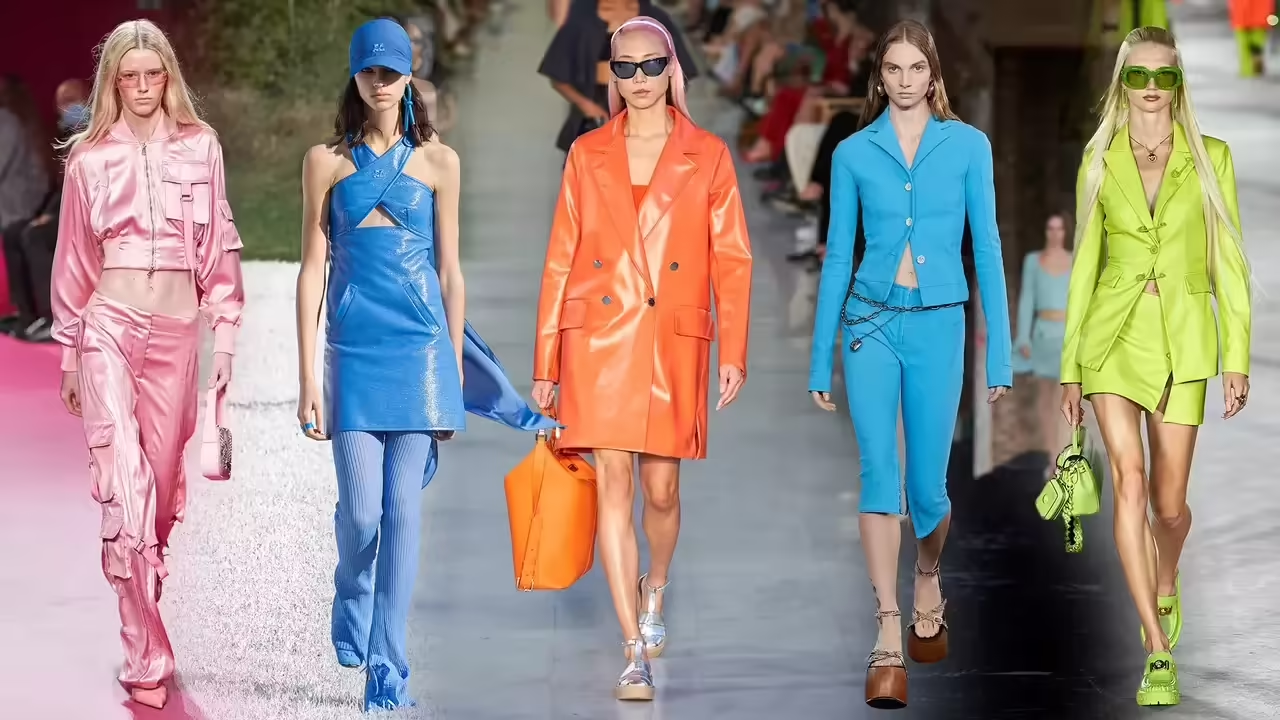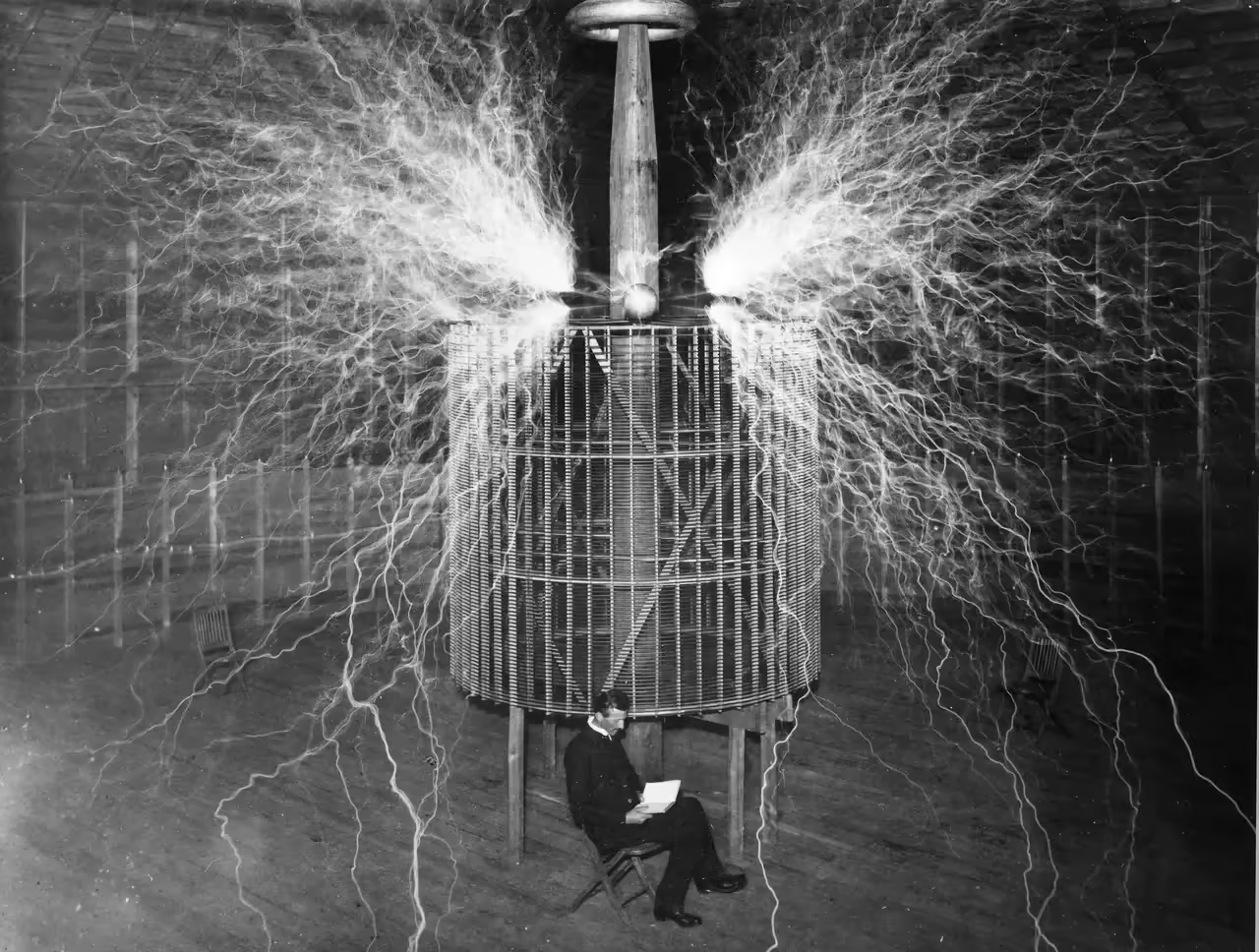
In a world filled with ordinary routines and everyday challenges, there exists a realm of extraordinary individuals – the world of superheroes. These iconic figures have captivated the collective imagination of society for generations, serving as beacons of hope and symbols of courage. But what is it about these extraordinary beings that continues to hold such a powerful grip on our hearts and minds?
The Allure of Superheroes
Superheroes are more than just characters in comic books or stars on the silver screen. They represent the embodiment of human potential pushed to its limits. With extraordinary abilities and an unwavering commitment to justice, superheroes embody the very essence of the extraordinary. Their stories, whether rooted in mythology, classic literature, or modern pop culture, resonate with audiences of all ages and backgrounds.
A Universal Fascination
The fascination with superheroes transcends cultural and generational boundaries. From the ancient myths of gods and demigods to the modern tales of caped crusaders and mutants, the archetype of the superhero endures. These characters serve as aspirational figures, demonstrating the potential for humanity to rise above adversity and overcome seemingly insurmountable odds.
Extraordinary Powers and Abilities
Superheroes are known for their remarkable powers and abilities, often far beyond the reach of ordinary humans. Whether it’s super strength, flight, telekinesis, or the ability to wield the forces of nature, these powers evoke a sense of wonder and excitement. They tap into the deepest desires of individuals to overcome their limitations and achieve greatness.
A Source of Inspiration
Superheroes are more than just escapist fantasies. They offer a source of inspiration and empowerment to their audiences. Through their struggles and victories, they teach valuable lessons about the importance of justice, compassion, and the willingness to stand up for what is right. Superheroes often grapple with the same ethical dilemmas and moral choices that we do, making their stories relatable.
The Modern Superhero Renaissance
While superheroes have been a part of popular culture for decades, the modern era has witnessed a renaissance in their popularity. Blockbuster films, television series, and a resurgence in comic book culture have breathed new life into these iconic characters. The enduring appeal of superheroes shows no sign of waning.
Superheroes in Pop Culture: A Glimpse into Their Influence on Popular Culture and Cinema
Superheroes have long been ingrained in the tapestry of popular culture, making a profound impact on everything from literature to cinema. Their indomitable spirit, superhuman abilities, and unwavering dedication to justice have earned them a special place in the hearts of people around the world.
A Rich History
The concept of superheroes is not a recent invention. From ancient myths of gods and demigods to folk tales and legends, the idea of exceptional individuals with extraordinary abilities has been part of human storytelling for centuries. However, it was in the early 20th century that the modern superhero was born, with iconic characters like Superman, Batman, and Wonder Woman making their debut in comic books.
The Golden Age of Comics
The 1930s and 1940s marked the Golden Age of Comics, a period when superheroes became a cultural phenomenon. The debut of Superman in Action Comics #1 in 1938 ushered in an era of caped crusaders and masked vigilantes. These characters became emblematic of truth, justice, and the American way, serving as symbols of hope during challenging times.
The Rise of Comic Book Culture
Comic books served as the birthplace of these iconic characters, but they quickly expanded beyond the pages of pulpy publications. Superheroes became a driving force in the comic book industry, with Marvel and DC Comics leading the way. Iconic teams like the X-Men, the Avengers, and the Justice League brought together a myriad of superheroes in shared universes, laying the foundation for expansive storytelling.
Superheroes on the Silver Screen
The influence of superheroes transcended comics and found a new home in the world of cinema. The late 20th century saw a growing interest in adapting comic book characters into blockbuster films. Christopher Reeve’s portrayal of Superman in the late ’70s and Michael Keaton’s Batman in the late ’80s were early signs of the potential of superhero films.
However, it was in the early 21st century that the superhero movie genre truly took flight. Sam Raimi’s “Spider-Man” and Christopher Nolan’s “The Dark Knight Trilogy” became defining moments in cinematic history, showcasing that superhero stories could be not only financially successful but critically acclaimed as well.
The Marvel Cinematic Universe (MCU)
One of the most significant developments in the world of superhero cinema is the creation of the Marvel Cinematic Universe. Beginning with “Iron Man” in 2008, the MCU has grown into a sprawling interconnected cinematic universe, with multiple superhero franchises coexisting and occasionally crossing over. It has redefined how audiences experience long-form storytelling on the big screen.
Impact Beyond Entertainment
Superheroes aren’t limited to the realms of comics and cinema; they have infiltrated every aspect of popular culture. From merchandise and video games to TV shows and conventions, the influence of superheroes is pervasive. Cosplay, where fans dress up as their favorite characters, has become a global phenomenon, and comic conventions like Comic-Con draw thousands of fans each year.
Biotechnology: The Science Behind Fiction – Explaining Biotechnology and Its Significance in the Creation of Superheroes
In the world of fiction, superheroes possess extraordinary abilities that often seem beyond the realm of possibility. From super strength to telekinesis, these powers capture our imagination and leave us wondering, “Could such extraordinary abilities ever become reality?” The answer, in part, lies in the field of biotechnology.
Unveiling Biotechnology
Biotechnology is a multidisciplinary field that merges biology, genetics, and technology to manipulate and engineer living organisms for practical purposes. It encompasses a wide range of techniques and processes that involve modifying the genetic, cellular, and molecular structures of living organisms, including humans. Biotechnology is often applied in various areas, such as medicine, agriculture, and industry, but it also holds the potential for more extraordinary applications.
Genetic Engineering: The Power to Alter DNA
At the core of the biotechnological revolution is genetic engineering, a process that allows scientists to modify an organism’s DNA. DNA, the genetic blueprint of life, contains the instructions for building and maintaining an organism. Altering these instructions can lead to a wide array of effects, some of which might resemble the powers of superheroes.
With genetic engineering, scientists can introduce new genes, edit existing ones, or even silence unwanted ones. This capability has the potential to unlock superhuman abilities. For instance, genes related to muscle growth or cognitive function could be enhanced to create superhuman strength or intelligence.
Enhanced Regenerative Abilities
Another biotechnological avenue that holds promise for superhuman abilities is regenerative medicine. Many superheroes exhibit rapid wound healing and tissue regeneration. In reality, biotechnology has made significant strides in regenerative medicine, offering the potential to repair damaged or aging tissues and organs. While we may not have achieved the level of regeneration seen in fiction, it’s a step in the right direction.
Cybernetic Enhancements
Cybernetics, the fusion of biology and technology, is another aspect of biotechnology with the potential to create abilities reminiscent of superheroes. In fiction, characters like the “Six Million Dollar Man” have been enhanced with cybernetic limbs and organs, giving them superhuman strength and durability. In the real world, we are seeing the development of advanced prosthetics and implants that can restore or enhance physical capabilities.
Cybernetic Implants: Beyond Biology – Exploring the Integration of Technology into the Human Body to Achieve Superhuman Abilities
The quest for superhuman abilities has been a fascination for generations, fueling our dreams of transcending the limits of biology and acquiring powers that are seemingly beyond reach. While this aspiration has long resided in the realm of science fiction, the integration of technology into the human body, known as cybernetic implants, is bringing us closer to achieving powers that once belonged solely to the imagination.
The Rise of Cybernetic Implants
Cybernetic implants, often referred to as “cyberware” in science fiction, involve the integration of technological components into the human body. These enhancements can range from simple implants like pacemakers to more advanced technologies that augment a person’s sensory perception, cognitive abilities, or physical strength.
The Bionic Era
The idea of enhancing the human body with machinery has a long history, but it gained significant attention during the “bionic era” of the 1970s. Iconic characters like “The Six Million Dollar Man” and “The Bionic Woman” showcased the potential of cybernetic implants. While we haven’t reached the point of having individuals with entirely bionic bodies, we have made significant strides in the development of advanced prosthetics and implants.
Vision and Hearing Enhancements
One of the areas where cybernetic implants have shown remarkable progress is in vision and hearing enhancements. Retinal implants can restore partial sight to those with certain visual impairments. Similarly, cochlear implants have revolutionized the lives of people with hearing loss, allowing them to hear and communicate effectively.
Brain-Computer Interfaces (BCIs)
Perhaps one of the most exciting frontiers in cybernetics is the development of brain-computer interfaces (BCIs). BCIs allow direct communication between the brain and external devices, opening up possibilities that were once relegated to science fiction. These interfaces can be used to control prosthetic limbs, enable individuals to type with their thoughts, or even enhance cognitive abilities.
Physical Enhancements
Cybernetic implants also have the potential to grant superhuman strength and endurance. Exoskeletons, for example, can provide enhanced mobility and strength to individuals with mobility impairments. These technologies are increasingly finding applications in healthcare and industry, but they also hint at the potential for enhancing human capabilities beyond what biology alone allows.
Ethical and Societal Implications
While the possibilities offered by cybernetic implants are intriguing, they also raise important ethical and societal questions. Who should have access to these technologies? What are the implications for privacy and security when our bodies are linked to the digital world? These questions must be addressed as we navigate the uncharted territory of cybernetic enhancements.
The Future of Superhuman Capabilities
The integration of technology into the human body is paving the way for new possibilities in human enhancement. While we may not yet have individuals with superhuman abilities akin to those of our favorite superheroes, we are moving in that direction. As technology continues to advance and our understanding of human biology and neuroscience deepens, the line between science fiction and reality becomes increasingly blurred.







